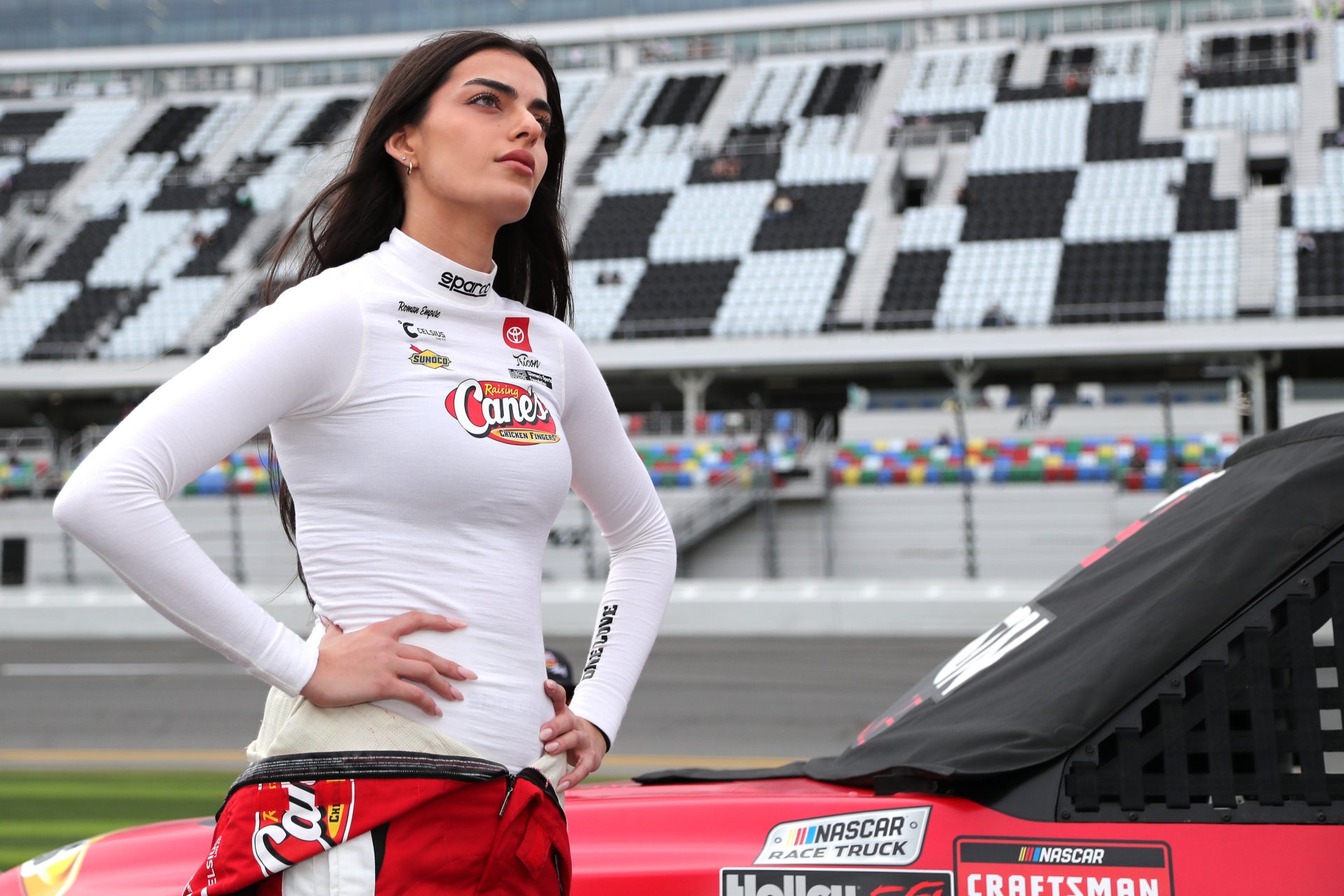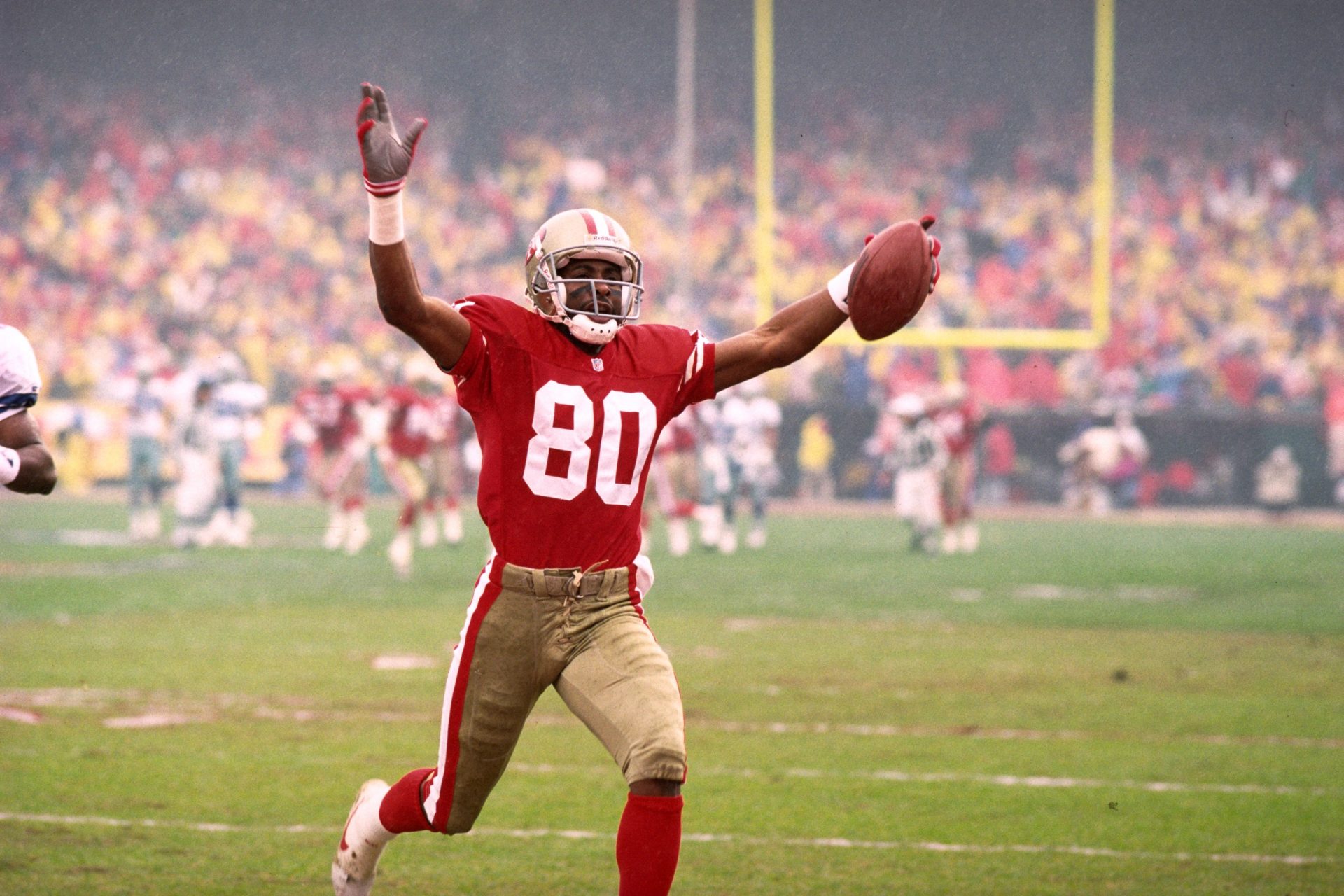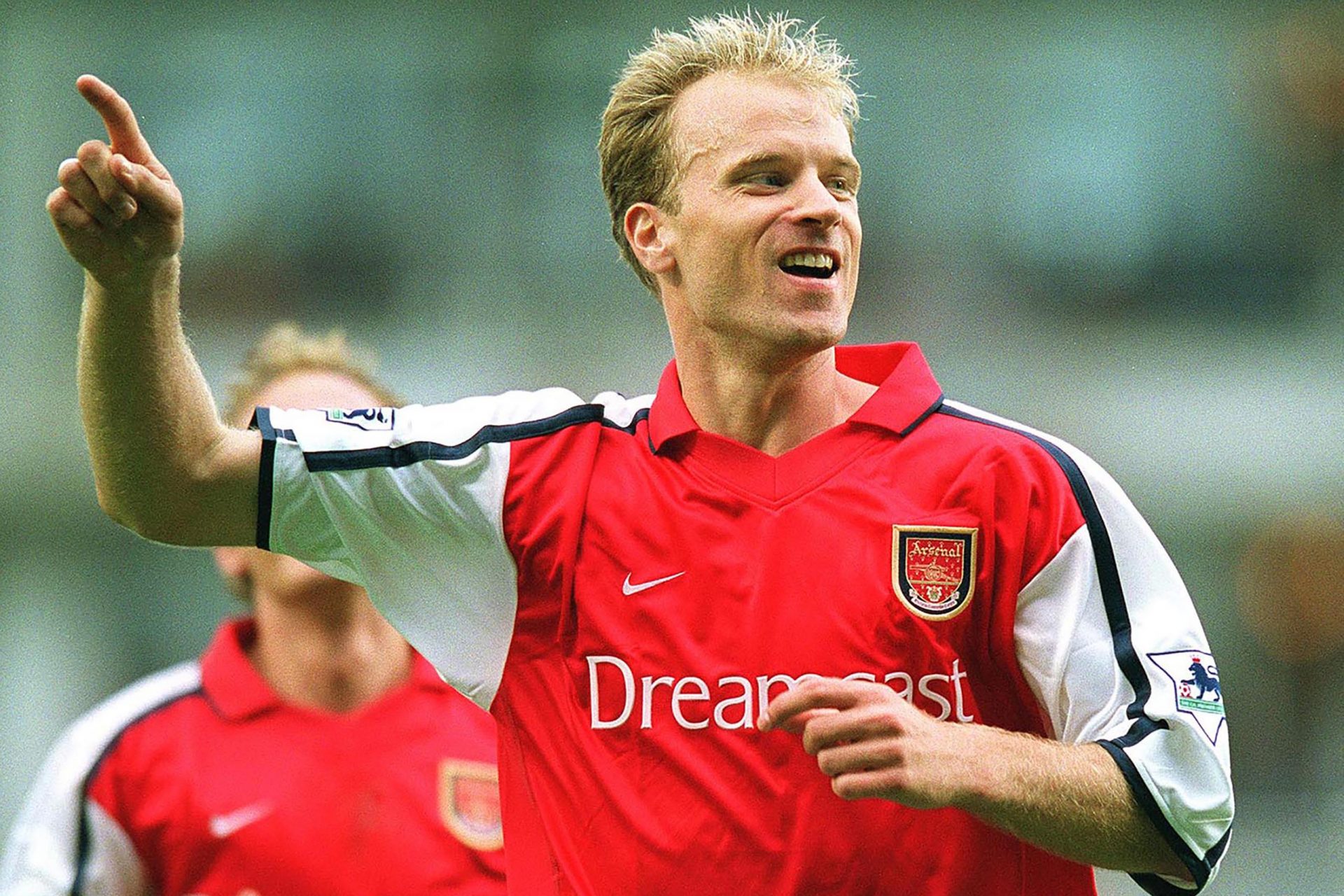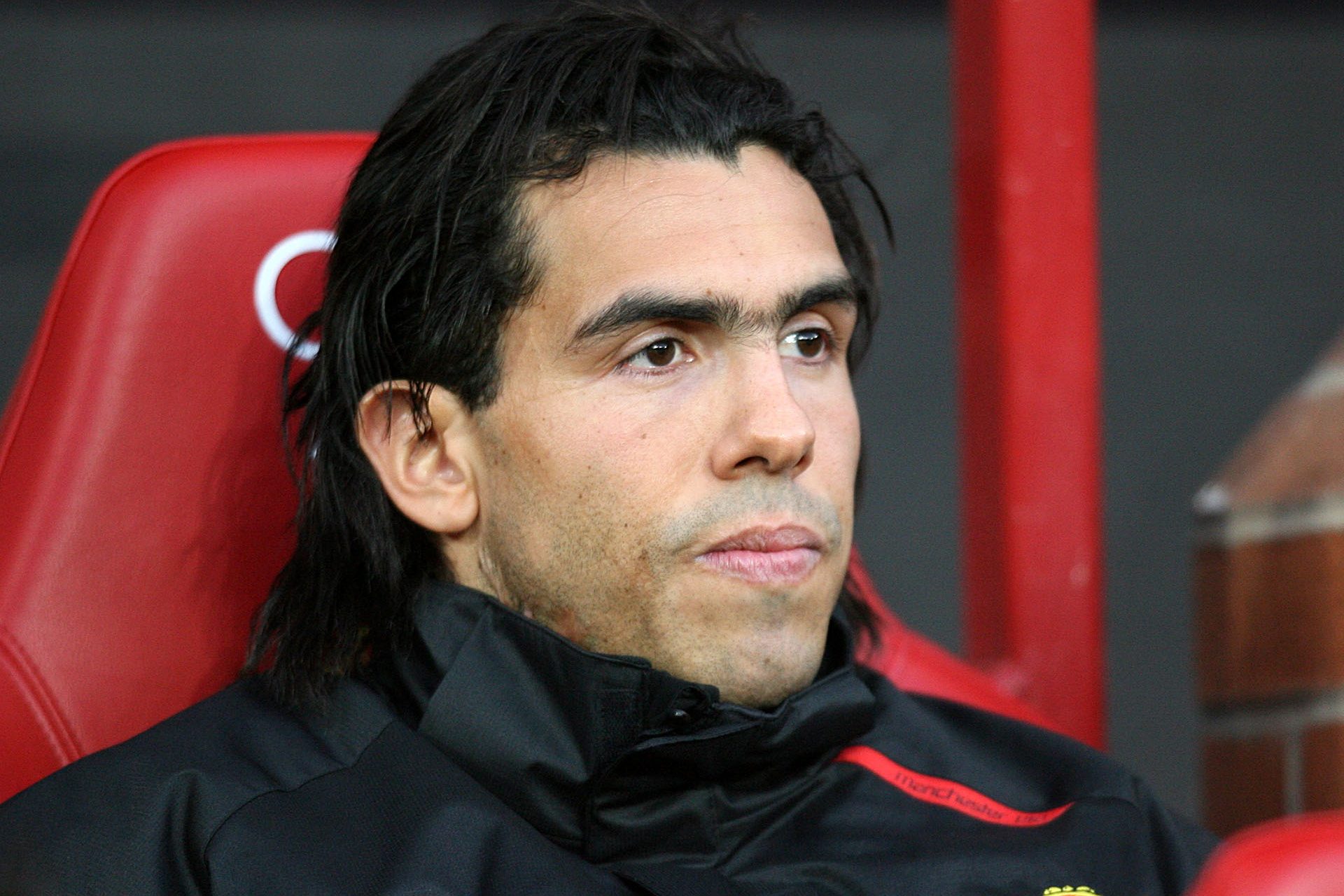'The Endless Summer' 60th anniversary: The film that changed surfing forever
The Endless Summer film by Bruce Brown turns 60 this month, after its initial release in January 1964! His movie is arguably one of the most iconic and inspiring movies ever done in the surf industry. The legendary movie has inspired three generations of surfers to head out and chase the dream, all thanks to his 16-mm wind-up Bolex camera!
Let's dive into the life of Bruce Brown and his iconic movie!
Born in San Francisco in 1937, Bruce Brown witnessed the birth of surfing in Northern California while capturing the sport's humble beginnings on film.
The American filmmaker is best known for his cult classic The Endless Summer and follows young surfers, Mike Hynson and Robert August, around the world in search of the perfect wave.
Want to see more like this? Follow us here for daily sports news, profiles and analysis!
Bruce Brown alongside Mike and Robert, traveled to the coasts of Australia, New Zealand, Tahiti, Hawaii, Senegal, Ghana, Nigeria, and South Africa on their quest for untouched surf spots. The film's narrative presentation was revolutionary at the time, adding casual, fun-loving, and sly humor.
According to the National Museum of American History, Bruce Brown began mingling with film at age 14, with an 8-mm camera, taking pictures of surfing to show his mom. He later enlisted in the Navy after high school in the 1950s.
As mentioned in an article by Surfer, during his time in the Navy, he was stationed abroad on a submarine in Hawaii where he began to film movies in his downtime. He would later screen these homemade surf movies at small venues around Southern California.
It is The Endless Summer film that defines the elder Brown’s legacy as a filmmaker and an ambassador for the sport he loved. He dedicated his life to the sport and simply wanted to broaden the scope, humanize surfers, and share the fun!
The New York Times remarked The Endless Summer film to be “courageous-some might say foolhardiness”. Bruce Brown struggled to convince film distributors around the United States, as they were deeply skeptical about a beach film’s ability to draw audiences from areas without a beach.
There had already been a surfing boom in Hollywood during the 1960s, but the surfers they featured in the films rarely failed to display the actual sport of surfing. Bruce Brown came along with an innovative concept that humanized the sport of surfing.
“What Bruce did, and what nobody has done since was to square the circle, he was able to present surfing as it really is, to non-surfers,” according to Matt Warshaw, author of The History of Surfing.
MORE ON SURFING: When the waves crash: The triumphant life and tragic death of Andy Irons
With a $50,000 budget, Bruce Brown would often run into financial issues. Nevertheless, the film, which received a wider release in 1966, brought in a total of $20mn in revenue from sales made around the world! The movie became a great success everywhere it screened.
“Beneath the frosty sign, that first night stretched a long line of Kansans, hopping up and down to stay warm while waiting to watch the adventures of Robert August and Mike Hynson on the big screen,” stated local the local news in Kansas (1966).
New York distributors were still not impressed, but the movie’s success in the middle of winter in the middle of America convinced Brown to take things into his own hands. The Californian film producer rented out an entire theater in Manhattan to screen their film.
Shortly after the film hit the big screens on a wide scale, it became a cultural icon, one so recognizable that even its movie poster is now in the collection of New York’s Museum of Modern Art.
Brown was eventually enshrined in surfing’s Hall of Fame and the film was added to the Library of Congress National Film Registry, which selects works for their cultural and historic importance to the U.S.
There is a scene in the film where Miki, Robert, a Terrance of ‘South Africa’ stumbled upon a secret right point break called Cape Saint Francis, baptized as one of the best surf spots in the world during the 1960s, yet with not a soul in sight. The image of the duo surfing perfect waves under the warm South African sun was forever engraved in the minds of many!
The Endless Summer is more than a simple surf film due to its significance in the world of surfing and its cultural value. Bruce Brown produced a masterpiece that keeps inspiring young generations to surf, surf, and surf!
Brown also produced two other surf films, Surfing Hollow Days (1963) and Slippery When Wet (1958), as well as the award-winning On Any Sunday (1971), a documentary about motorcycle racing.
Brown’s films were instrumental in popularizing the sport of surfing, while also exploring a variety of topics, from environmentalism to the search for spiritual fulfillment.
Bruce Brown passed away in 2017 at his home in Santa Barbara, California. He left behind a better world thanks to his immeasurable effort and dedication to filmmaking and sports. A true legend that will never be forgotten!
Upon his passing, great surfing icons came out to pay their respects to one of the surfings Godfathers. Kelly Slater shared: “Thank you for showing us the world as you say it. We need more like you. On the other side. I hope to bump into you again in some other place and time.” Thank you, Bruce!
More for you
Top Stories


































